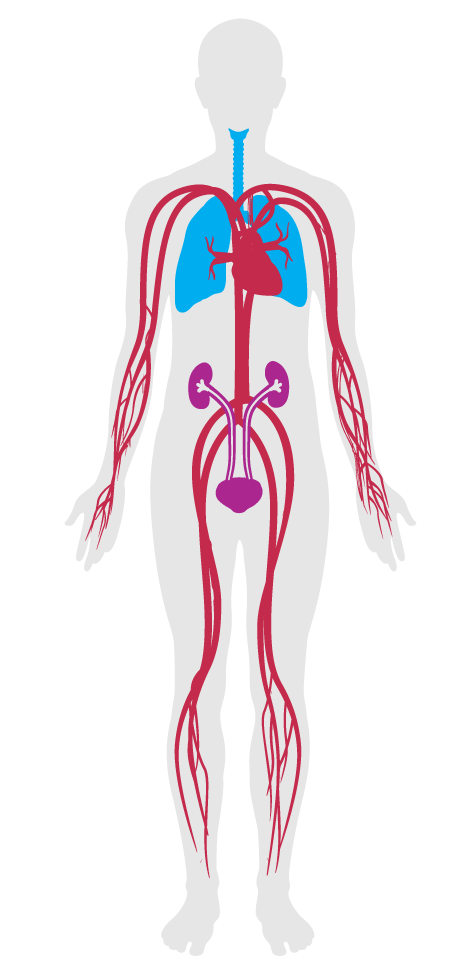Combustion minimization
- 1 Air quality standards
- 2 Smoking ban
- 3 Ventilation effectiveness
- 4 VOC reduction
- 5 Air filtration
- 6 Microbe and mold control
- 7 Construction pollution management
- 8 Healthy entrance
- 9 Cleaning protocol
- 10 Pesticide management
- 11 Fundamental material safety
- 12 Moisture management
- 13 Air flush
- 14 Air infiltration management
- 15 Increased ventilation
- 16 Humidity control
- 17 Direct source ventilation
- 18 Air quality monitoring and feedback
- 19 Operable windows
- 20 Outdoor air systems
- 21 Displacement ventilation
- 22 Pest control
- 23 Advanced air purification
- 24 Combustion minimization
- 25 Toxic material reduction
- 26 Enhanced material safety
- 27 Antimicrobial surfaces
- 28 Cleanable environment
- 208 Injury prevention
24. Combustion minimization
Although fireplaces and gas stoves have aesthetic benefits, they can be detrimental to indoor air quality. If not effectively sealed off from the living space, they contribute harmful combustion byproducts such as carbon monoxide and particulate matter.
This feature prohibits combustion in occupied spaces to eliminate a significant source of indoor pollution. It also requires that any combustion equipment serving the building meets stringent clean-burning standards, and discourages vehicles from idling near the building.
The following is required in terms of the rate of fresh air supply to all regularly occupied spaces:
All combustion equipment used in the project for heating, cooling, water-heating, process heating or power generation (whether primary or back-up) must meet California’s South Coast Air Quality Management District rules for pollution:
Signage, visible from pick-up, drop-off and parking areas indicates:

Applicability Matrix
| Core & Shell | Tenant Improvement | New Construction | |
|---|---|---|---|
| Part 1: Increased Fresh Air Supply | O | O | O |
| Part 2: Low-Emission Combustion Sources | O | - | O |
| Part 3: Engine Exhaust Reduction | O | - | O |
| Commercial Kitchen | Schools | Multifamily Residential | Restaurant | Retail | |
|---|---|---|---|---|---|
| Part 1: Increased Fresh Air Supply | - | - | O | - | O |
| Part 2: Low-Emission Combustion Sources | - | P | O | O | O |
| Part 3: Engine Exhaust Reduction | - | P | O | O | O |
Verification Methods Matrix
| Letters of Assurance | Annotated Documents | On-Site Checks | |
|---|---|---|---|
|
PART 1 (Design) Increased Fresh Air Supply |
MEP | ||
|
PART 2 (Design) Low-Emission Combustion Sources |
MEP | ||
|
PART 3 (Protocol) Engine Exhaust Reduction |
Auditor Inspection |
| 24.1.a |
The EPA notes that under certain conditions, combustion appliances such as heaters, ranges, ovens, stoves, furnaces, fireplaces, water heaters and clothes dryers can release contaminants into the home that can seriously damage health. |
| 24.2.a |
The South Coast Air Quality Management District Rule 1110.2 (amended 9/7/2012) establishes requirements for gaseous- and liquid-fueled engines for the purpose of reducing emission of oxides from nitrogen, VOCs and carbon monoxide. |
| 24.2.b |
The South Coast Air Quality Management District Rule 1111 (amended 9/5/14) establishes requirements for natural gas fired, fan-type central furnaces for the purpose of reducing emission of nitrogen oxides. |
| 24.2.c |
The South Coast Air Quality Management District Rules 1146.1 (amended 11/1/13) and 1146.2 (amended 5/5/06) establish requirements for the reduction of emissions of oxides of nitrogen from boilers, process heaters and steam generators. |
| 24.2.d |
The South Coast Air Quality Management District Rules 1121 (amended 9/3/04) and 1146.2 (amended 5/5/06) establish requirements for emissions of nitrogen oxides from residential natural gas-fired water heaters and large water heaters. |
| 24.4.a |
USGBC's LEED v4 Pilot Credit 75: Clean Construction requires non-road diesel engine vehicles on site that are 25 horsepower and greater to comply with the US EPA Tier 4 PM emissions standards, or a local equivalent. |
| 24.4.b |
USGBC's LEED v4 Pilot Credit 75: Clean Construction requires 95% of all diesel engine contractor/subcontractor vehicles meet the requirements set forth in the US EPA model year 2007 on-road standards, or a local equivalent. |
| 24.4.c |
USGBC's LEED v4 Pilot Credit 75: Clean Construction requires all equipment, vehicles and loading/unloading to be located away from air intakes and operable openings of adjacent buildings. |
